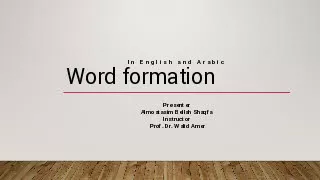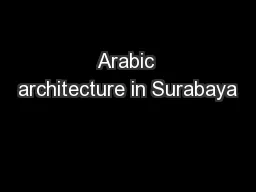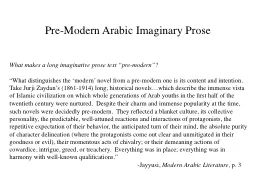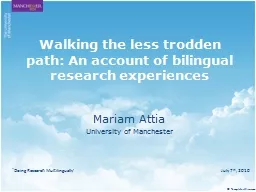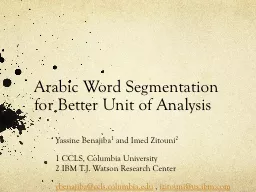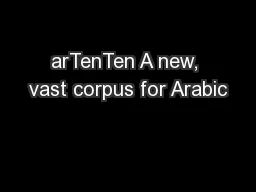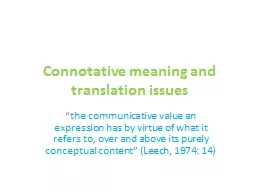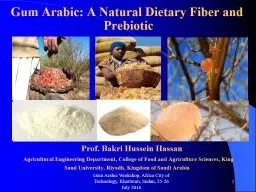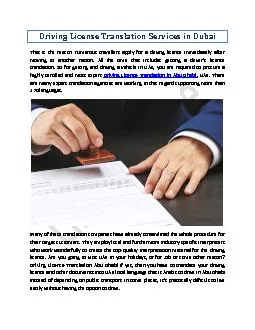PPT-Word formation In English and Arabic Presenter Almoatasim Bellah Shaqfa
Author : lindy-dunigan | Published Date : 2019-11-05
Word formation In English and Arabic Presenter Almoatasim Bellah Shaqfa Instructor Prof Dr Walid Amer Objectives To clarify the morphological symmetries and divergences
Presentation Embed Code
Download Presentation
Download Presentation The PPT/PDF document "Word formation In English and Arabic Pre..." is the property of its rightful owner. Permission is granted to download and print the materials on this website for personal, non-commercial use only, and to display it on your personal computer provided you do not modify the materials and that you retain all copyright notices contained in the materials. By downloading content from our website, you accept the terms of this agreement.
Word formation In English and Arabic Presenter Almoatasim Bellah Shaqfa: Transcript
Download Rules Of Document
"Word formation In English and Arabic Presenter Almoatasim Bellah Shaqfa"The content belongs to its owner. You may download and print it for personal use, without modification, and keep all copyright notices. By downloading, you agree to these terms.
Related Documents

